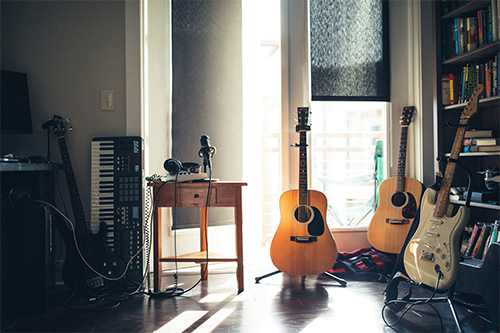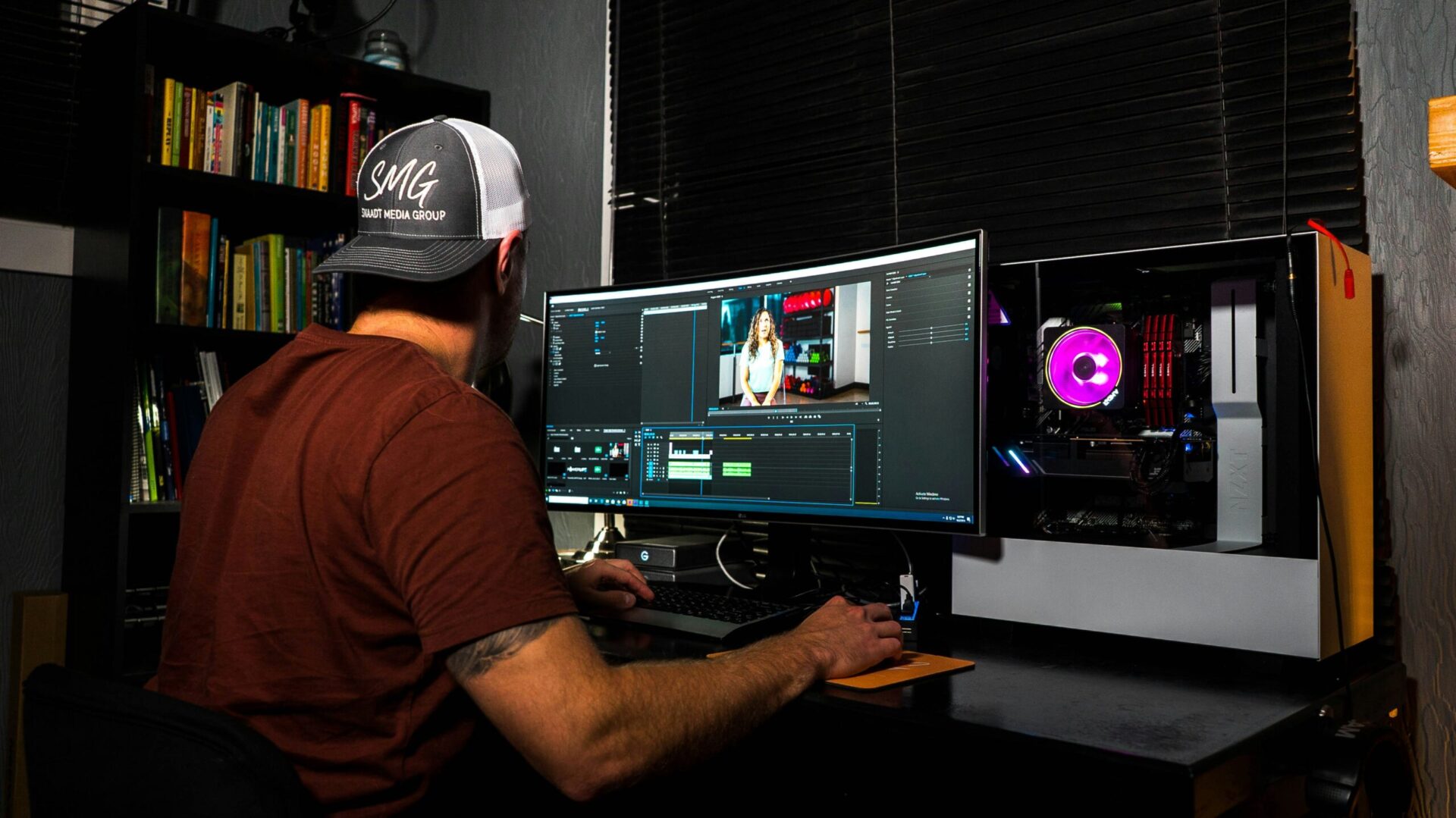This article is not meant to delve deeply into these topics but rather to provide a high-level overview for content creators using production music and royalty-free music in their content.
Defining Our Terms
Royalty-Free Music: This is music that can be used in content without paying royalties to artists or rights holders each time it’s played. The user purchases a one-time license to use the track or pays on a recurring basis if they subscribe to a royalty-free music service.
It’s important to note that royalty-free doesn’t mean copyright-free. Royalty-free music is copyrighted but typically carries a one-time licensing fee, so the end-user doesn’t have to pay a royalty each time the music is used.
Production Music: This is music specifically created or designed to be synced with other content, such as visuals. This music has licensing and/or royalty-earning potential. Examples of such content include:
- TV shows
- TV commercials
- Promotional videos
- Streaming services
- Movies
- Movie trailers
- Internet advertising
- Public Service Announcements (PSAs)
- Radio commercials
- Satellite radio
- In-store play
- Live events
- Video games
- Podcasts
Production music is often less busy and created with the intention that voice-over content will be added. It supports the visuals, engaging viewers without distracting from the message.
Connecting the Terms
Production music often utilizes royalty-free music libraries. While these terms are not the same, they are commonly used interchangeably in the production arena.
When content creators, television programs, or podcast creators produce content to be synced with music, they need to:
- Secure permission to use the music within their content.
- Ensure the music draws the audience in without distracting from the message.
Fully produced songs with vocals or solo instrumentals might distract from spoken content, like in a podcast. The right style of music should create an atmosphere or feel that speaks to the specific audience without overshadowing the main content.
In promotional content, music should create an atmosphere or evoke an emotion without being the focal point.
Conclusion
Production music is created to be synced with other content. It is typically more simplified to serve as an element that creates atmosphere, provides a music bed, or evokes emotion for the other content. While this isn’t always the case, production music often serves as royalty-free music designed for licensing to be synced with visual content.


